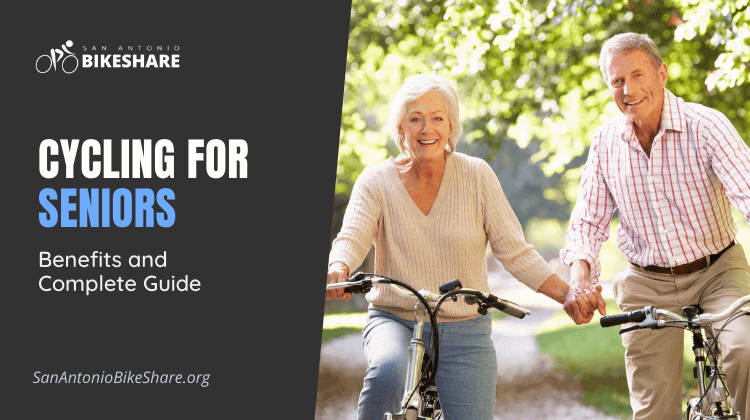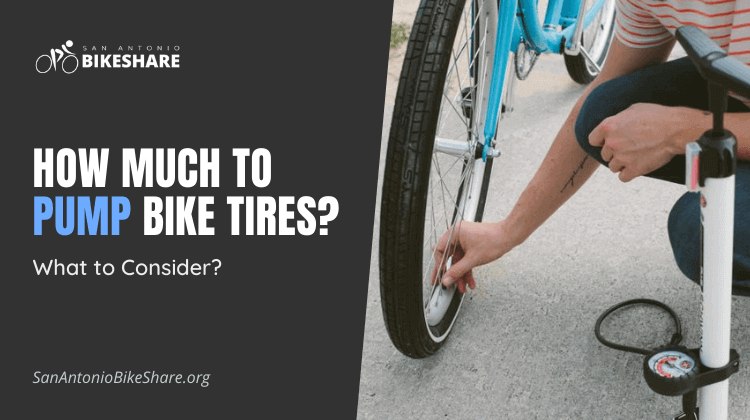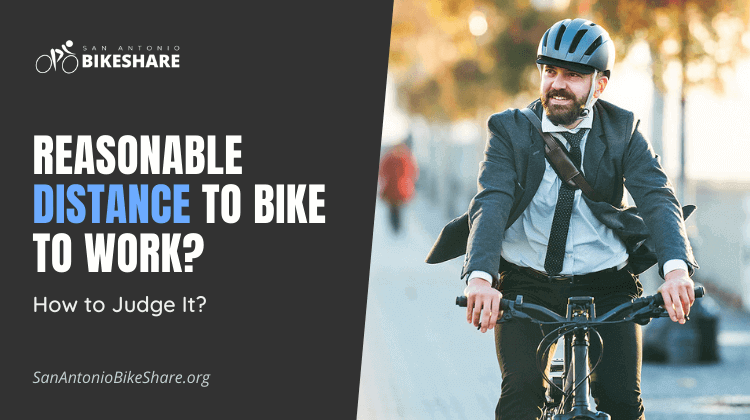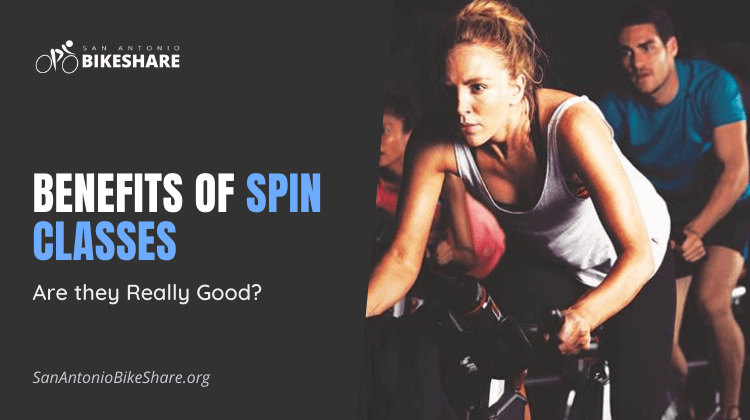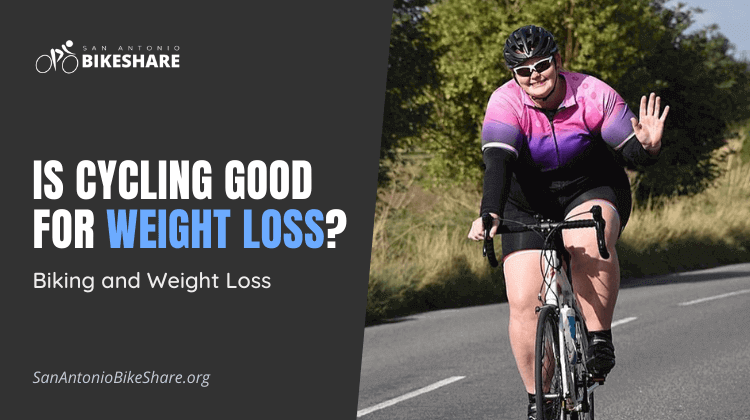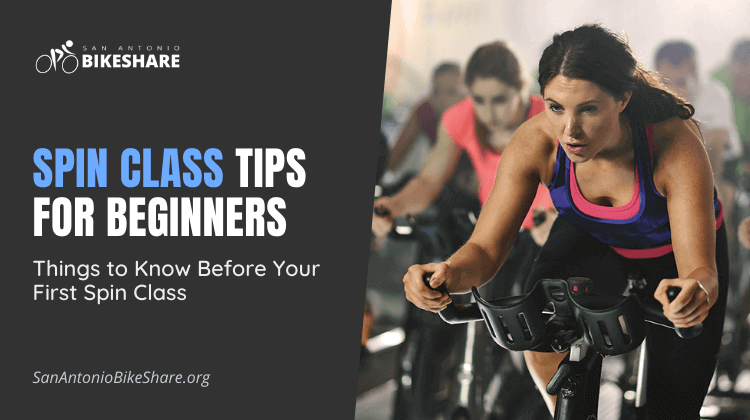Cycling for Seniors: Benefits and Complete Guide
Is cycling for seniors good? Yes. It is. In fact, it’s good in ways you can’t even imagine in. Let’s explore!
As we age, our bodies lose muscle strength, flexibility, and bone density, rendering us more vulnerable to exercise-related illnesses. Cycling is an important endurance exercise that can help with these conditions, especially among seniors.
It aids in the slowing of the aging process, the improvement of physical and mental health, and the reduction of the danger of falling.
According to a study published in the Journal of Aging and Physical Activity, older riders had walking efficiency comparable to younger adults. This meant they didn’t have to use as much energy to cycle at a given speed, allowing them to travel faster without tiring.
It can be difficult to get back into the habit of riding a bike if you haven’t done it in years. This guide to cycling for seniors was written to help you learn how to prepare your body for the sport.
Cycling for Seniors
Let’s get into the detailed guide of cycling for seniors.
Benefits of Bike Riding for Seniors
Cycling is good for your health and can help you avoid chronic diseases including diabetes, heart disease, cancer, and arthritis. It also provides seniors with a plethora of other benefits. Listed below are a few examples:
Boosts mental health
Seniors are more likely to develop Alzheimer’s or dementia due to their reduced memory, cognitive speed, and reasoning. These talents are referred to as fluid cognitive abilities, and they are mostly reliant on brain cell connections.
The connections get weaker as the volume of gray matter in the brain diminishes with age. According to morphometric and volumetric studies, gray and white matter volume in the temporal lobe, prefrontal cortex, and cingulate cortex diminishes with age.
Memory, movement, and emotions are governed by gray matter, but learning and mental processing are governed by white matter.
Gray matter volume is increased by physical activity, especially in persons with age-related cognitive impairments. Cycling increases brain-derived neurotrophic factor levels, which protect the brain from damage.
Adults with low BDNF levels have poor memory and cognitive abilities.
Another study published in the Journal of Clinical & Diagnostic Research discovered that people who cycled for 30 minutes increased their memory, reasoning, and strategizing skills thereafter.
Slows down the aging process
In addition to losing muscle mass, aging reduces the muscle’s ability to contract and absorb oxygen. Telomere length is also reduced, which is a crucial aspect of cell replication. Cycling can be used to reverse this process.
According to an observational study, people who engage in a lot of physical activity had longer telomere lengths. That is why athletes and individuals who are somewhat active have longer telomeres than those who are not.
Research at King’s College in London looked at male and female cyclists aged 55 to 79 to determine if cycling could slow down the aging process. The cyclists exhibited decreased age-related muscular degeneration in muscle mass, tissue level, and strength after three weeks of cycling (twice a week), according to the study.
Improves balance
Falls are common among the elderly, and they are often associated with poor balance, gait instability, and length weakness — one-third of seniors aged 65 and up fall at least once a year.
Cycling improves leg strength and balance, reducing the chance of falling. According to a study including 43 adults aged 44 to 79 years, adults who rode for an hour every week did better than non-riders.
Non-cyclists were able to balance on one leg for 62 seconds longer, which is a statistically significant difference. While the discovery’s therapeutic value is controversial, numerous studies have shown that reducing one-leg standing time increases the chance of falling.
Boosts the Immune System
Cycling boosts the immune system while also slowing down the aging process. Scientists examined 125 bikers ranging in age from 55 to 79 years old, as well as healthy individuals who did not exercise on a regular basis.
Cycling’s anti-aging effects were found to extend to the immune system, according to the research. According to the researchers, the thymus of older riders produced more T-cells than that of the control group.
The thymus organ, which produces the body’s immune cells, begins to deteriorate at the age of 20. The thymus has reduced to 15% of its initial size by the time one reaches middle age, forcing the body to rely on antibodies produced through the years to fight diseases.
Reduced Joint Stress
For seniors, long-distance running, jogging, or walking is challenging. These activities may aggravate injured or worn-out joints. Cycling is a little safer because it reduces joint strain.
It also strengthens the muscles in the knees without putting undue strain on the joints. When cycling, though, it’s important to think about the pace and the terrain, as both might cause knee pain. Cycling uphill, for example, strains the knees more than cycling on flat ground.
How to Prepare the Body for Cycling
Cycling in your forties is not the same as cycling in your twenties or thirties. When you first turn the pedals, you may hear creaks and pops as your joints and muscles calm down.
Not only that, but it takes longer to get sufficiently warmed up for the workout. Here are some pointers to assist you to get your body ready for the activity:
Pick the Right Bicycle
Inspect the bike or engage an expert to do so to avoid mishaps. You should also double-check that you are wearing the correct size, as wearing the wrong size can be risky.
You might also invest in a new senior bicycle. Older, ungainly models are less maneuverable than modern variants. Listed below are a few examples:
Hybrid bikes are an excellent choice for all recreational cyclists of any age. Uphill riding is a breeze on hybrid bikes, which include shifters, a flat handlebar, and many gears.
Gravel bike: This type is made for riding on a variety of surfaces, including dirt roads. It’s similar to a road racer, but with larger tires and a higher bike position for additional comfort.
On flat terrain, cruiser bikes are the most convenient to ride. It has a broad saddle, wide tires, and high handlebars, and some cruiser bikes have step-through frames to make getting on and off simpler.
When riding across rough terrain, mountain bikes feature more gears and larger tires to withstand the shock. Mountain bikes are ideal for seniors with back problems since the shock absorber allows for a more pleasant ride.
Make sure you test the bike out and obtain a proper fit before you take it home. Keep in mind that your tolerance level is quite low if you haven’t ridden a bike in decades. As a result, all essential adjustments must be made at the bike shop.
Recumbent bikes are ideal for seniors and individuals who are new to biking since they support the lower back while reducing pressure on the knees and hips.
Consider cycling an Electric Bike
An electric bike is your best bet if none of the other options is ideal. If you aren’t pedaling, they can propel you, but it isn’t the best way to get some workout. Electric bikes also make navigating steep hills easier and reduce fatigue.
Acquaint Yourself with the Basics
Experiment with different gears and safety features if it’s been a while since you’ve ridden. It’s best to perform these exercises on a grassy area, such as an empty parking lot, and be sure to:
- Make the necessary right and left turns.
- Apply the brakes as soon as you come to a complete stop.
- Ride slowly and steadily while maintaining your balance.
- To achieve the best results, shift the gears up and down.
- To make a left or right turn, use hand signals.
Warm Up Adequately
The primary purpose of warming up is to avoid injury. As the body matures, it requires a bit longer time to participate in rigorous physical activity.
It’s not only about extending your muscles; a little aerobics can help you increase your heart rate and blood flow. A decent warm-up also helps to relieve tension. Here are some fun things to do:
Stretching
Stretching loosens muscles and promotes muscular activity and blood circulation while appearing to be a simple action. Before riding a bike, try the following stretches to help you achieve your ideal physique:
Cycling strengthens the core and lower back, which become fatigued and stiff after a while. Downward stretches: They also aid in hip expansion and back pain relief.
The seated glute stretch activates your glutes and piriformis muscles, which can become tight or achy over time, resulting in lower back pain.
The upper trap stretch stretches the muscles that go from the base of the skull to the backside of the neck. It’s best to execute this workout while sitting on a chair for the best results.
The hamstrings are frequently tensed when cycling since the legs are never fully extended. This exercise promotes hamstring flexibility, which lowers the risk of back pain.
Leg Swings
Cyclists frequently experience discomfort around the hips after cycling for long periods of time. Leg swings maintain hip flexor flexibility, preventing injury. The best method to perform it is to swing your legs outward and backward while supporting yourself with a bar.
Squats
Cycling utilizes the hips, thighs, and knees the most, therefore it’s a perfect warm-up before cycling. If you find the appropriate position when performing the exercise, warming up with bodyweight squats is good.
Jumping Jacks
This exercise is noted for working all of the muscles in the body. Legs, feet, arms, and spine all suffer from this condition.
Butt-kicks
They help the buttocks, thighs, and hip flexors loosen up. It’s also a great cardio workout that strengthens your hamstrings so you can be cycling faster.
Butt-kicks also elevate the heart rate and increase the metabolic rate. Repeat the activity for one minute for the best heart rate acceleration and warm-up.
Increase the Mileage Progressively
Knee soreness after cycling is a typical problem among seniors. The problem is that after riding quickly, hard, and for long distances, the connective tissues in the knee wear out.
Starting with low distances and gradually increasing mileage, such as 20-25 percent every week, is the best way to go.
Ride 60 miles the following week, then 65 or 70 miles the following week if your longest ride this week was 50 miles. Consider the terrain as well; cycling on hills for the first time might be hard.
Check Your Sitting Position
An improperly fitted saddle can cause pain, stress, and even injury. The basic rule is to position the pedals at 6 and 12 o’clock, with your heel on the lower pedal.
The bottom line is that when the leg is clipped, it should be straight with a 20-25 degree knee bend. If your feet are parallel to the floor, make sure your forward knee comes over the ball of your foot.
If the front of your knee hurts, elevate the saddle or shift it backward when using the handlebar. If the back of the knee hurts, lower it or push it forward.
Related: How High Should My Bike Seat Be? A Step-by-Step Guide
Deal with Balancing Problems
Balance is a common problem among seniors, and it’s important to improve it before riding on a bike. Riding a stationary bike can help with balance, but if you’re intending on cycling outside, start with a spinning class or yoga.
Maintain a comfortable riding position without shifting your weight. A recumbent bike can also help ease pressure on the back, backside, and hand.
Eat Healthily
Because your body is less forgiving than it was in your twenties, you should eat well before cycling. The best technique is to consume enough protein (30-40 g per meal) along with low-calorie, high-volume foods like fruits and vegetables.
Because older people take longer to recover from rigorous activities, you should rest after 30-60 minutes of cycling. Carry a bottle of water on your bike with you to drink while riding.
Conclusion
With this comprehensive cycling for seniors guide, you’ll be well on your way to embarking on the adventure. We understand how tough it is to find a bike that is ideal for cycling.
Fortunately, you can get started right away thanks to our wealth of resources.

